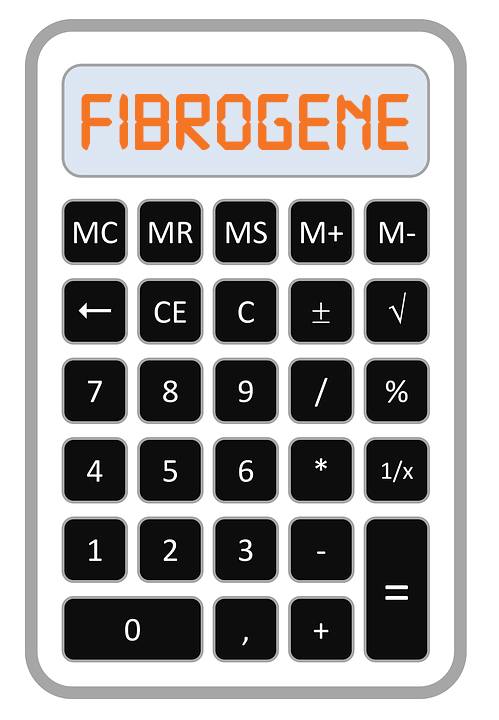February 2, 2016 Print
Researchers at the Westmead Institute have designed an easy-to-use clinical tool which can predict the risk of fibrosis progression in patients suffering from liver disease and assist doctors in identifying the best treatment strategies for these patients.

In a world-first last year, researchers from the Institute’s Storr Liver Centre identified a genetic predictor - interferon lamba 3 – which could determine whether patients have a risk of rapid liver scarring.
Now, less than a year later, the researchers have progressed their findings from the bench to the bedside with the development of an online calculator which, for the first time, can assist doctors to quickly and accurately predict liver fibrosis.
The Fibrogene online calculator works by combining results from the genetic test with simple clinical variables including age, platelet count, and liver enzyme markers. Using state-of-the-art statistical analysis, the calculator uses these inputs to determine likely fibrosis progression in patients suffering from liver disease.
Results generated from the calculator will allow doctors to provide patients with a more detailed prognosis. It can also be used as a tool for prioritising liver disease patients for more appropriate and personalised treatment.
The prediction model on which the calculator is based – called Fibrogene-DT – has been shown to work in a large study, published in the prestigious Journal of Hepatology late last year.
According to first author Dr Mohammed Eslam, the calculator is an accurate, easy-to-use tool which can be used in any clinical setting.
“Doctors will be able to use this tool with confidence – it has been systematically and externally validated in a large cohort. We compared this test with four other serum biomarkers and found it to be superior. Also, because this test can be applied to all liver diseases, it cuts down on the amount of testing required.”
Director of the Westmead Institute’s Storr Liver Centre, Professor Jacob George says, “The test has far-reaching implications for managing patients with liver disease. Right now, doctors can’t accurately tell their patients whether they are at risk of developing rapid liver fibrosis which will require specialised treatment, or if they are in a low risk category and a change in their lifestyle could help to improve their liver health.”
Organ fibrosis, including of the heart, liver, kidneys, pancrease and lungs, accounts for more than 50 per cent of deaths worldwide. Liver fibrosis results from an excessive accumulation of tough, fibrous scar tissue and occurs in most types of chronic liver diseases such as Hepatitis B, Hepatitis C, and fatty liver. Over time this leads to cirrhosis, internal bleeding, and cancer. Severe cases may require organ transplantation.
The prevalence of liver disease in Australia is expected to increase by 30 per cent by 2030, in direct association with the rise in obesity and diabetes prevalence, particularly in Western Sydney.
To access the Fibrogene online calculator, visit: http://www.fibrogene.com